Stop Fighting the Sun: A Pro’s Guide to a Cooler, Cheaper Home
For what feels like a lifetime, I’ve been crawling around people’s homes. I’ve seen the good, the bad, and the downright baffling when it comes to how a house handles the elements. Dusty, sweltering attics in the middle of summer and damp, chilly basements in the dead of winter… you name it, I’ve probably been there.
In this article
And through all of it, one truth has become crystal clear: a comfortable home isn’t about having the most powerful air conditioner on the block. It’s about working smarter, not harder. It’s about understanding how your house breathes and, more importantly, how it deals with heat.
So many people see a hot, stuffy room and their first instinct is to throw more power at it. A bigger fan, a window AC unit that could cool a meat locker. But honestly, that’s just a costly band-aid. The real fix, the long-term solution, is to stop so much heat from getting inside in the first place. The pros call this passive cooling, and it’s a game-changer for your comfort and your wallet.
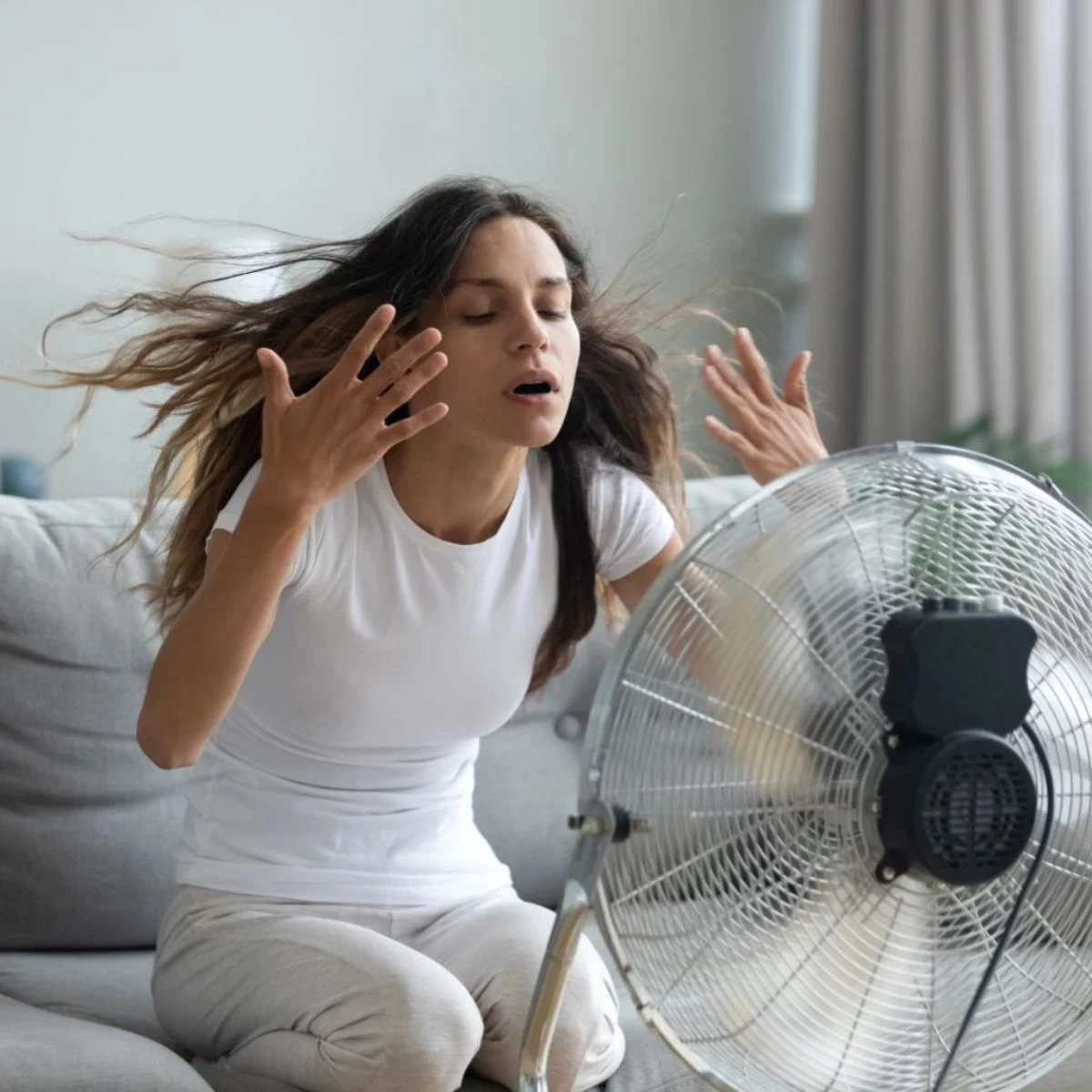
3 Quick Wins You Can Do Today
Before we get into the nitty-gritty, here are three things you can do right now to feel a difference:
- Master Your Blinds: As soon as the sun starts hitting your windows on the south and west sides of the house, close the blinds or curtains. It’s shockingly effective.
- Check Your Fan Direction: In summer, your ceiling fans should spin counter-clockwise. This pushes cool air down, creating a nice breeze. (Flip the switch on the base of the fan!)
- Move Cooking Outdoors: Firing up your oven can raise your kitchen’s temperature by 10 degrees or more. It’s a perfect excuse to use the grill or a slow cooker instead.
First, Understand the Enemy: How Heat Invades Your Home
You can’t win a fight if you don’t know your opponent. Heat gets into your house in three main ways, and every trick we’re about to discuss is designed to counter one of them.

The Big One: Radiation
This is the invisible wave of heat from the sun, and it’s your primary problem. Think of how the sun’s warmth can travel through the vacuum of space to reach us. It does the same thing to your house, blasting your roof and windows with energy. A dark-shingled roof can easily hit 150°F on a sunny day, and that heat radiates straight down into your attic. Windows are even worse—like giant magnifying glasses for heat. A standard window lets in about 75% of the sun’s heat energy. Blocking this radiant heat is priority number one.
The Slow Creep: Conduction
Once radiation heats up your roof or walls, that heat starts to move through the solid materials. That’s conduction. It’s the same reason the handle of a metal spoon gets hot in a cup of tea. The heat literally creeps through your shingles, plywood, insulation, and drywall, eventually ending up in your living room. This is where insulation comes in. Its job is to slow this process way, way down. The measure of this resistance is called R-value; the higher the number, the better it is at stopping heat.
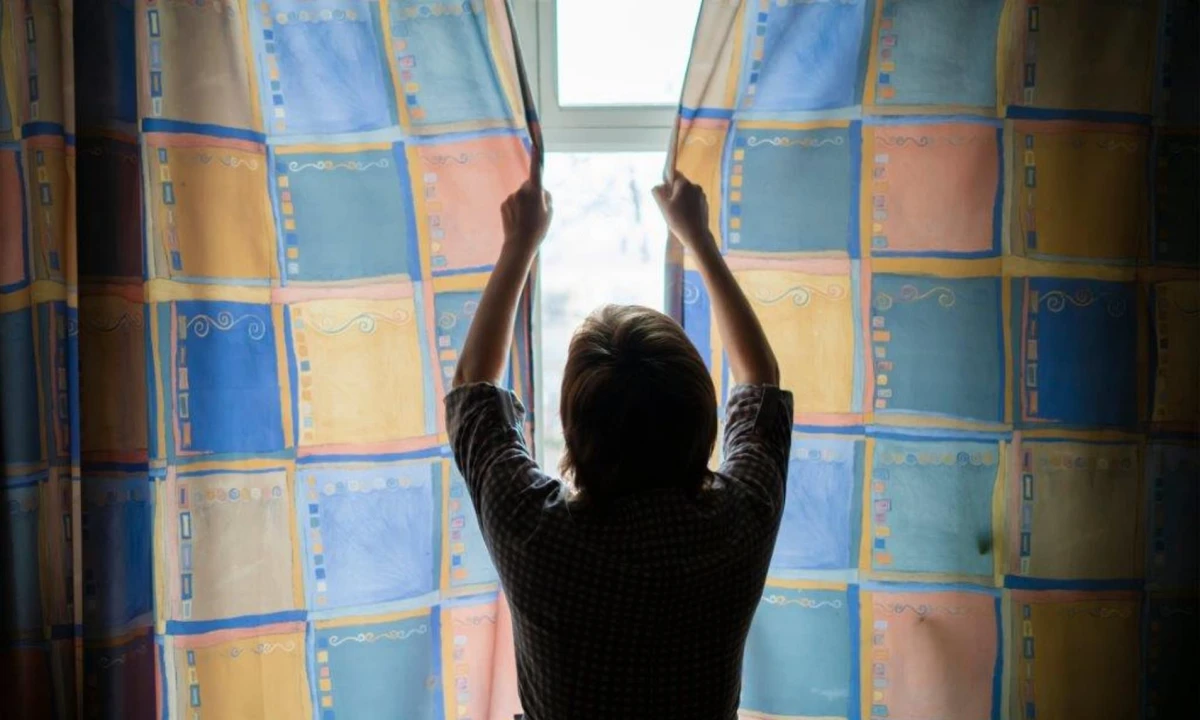
The Sneaky Flow: Convection
Hot air rises. Simple, right? This creates a subtle but powerful effect in your home. As air inside gets heated, it rises to the top floor or into the attic. This creates a tiny bit of pressure that pushes hot air out of any small gaps up high. At the same time, this creates a vacuum effect on the lower floors, pulling in outside air (which is also hot!) through gaps around windows and doors. This constant, slow cycle, called the “stack effect,” is a sneaky way your house heats itself up.
Block the Heat Before It Gets In
The most effective cooling strategies start on the outside of your house. Once the heat is inside, you’re already losing. Here’s where to focus your efforts.
Exterior Shading: Your Best Friend
Seriously, nothing beats stopping the sun’s rays from even touching your windows or walls. An ounce of prevention here is worth a pound of cure (and a ton of AC).
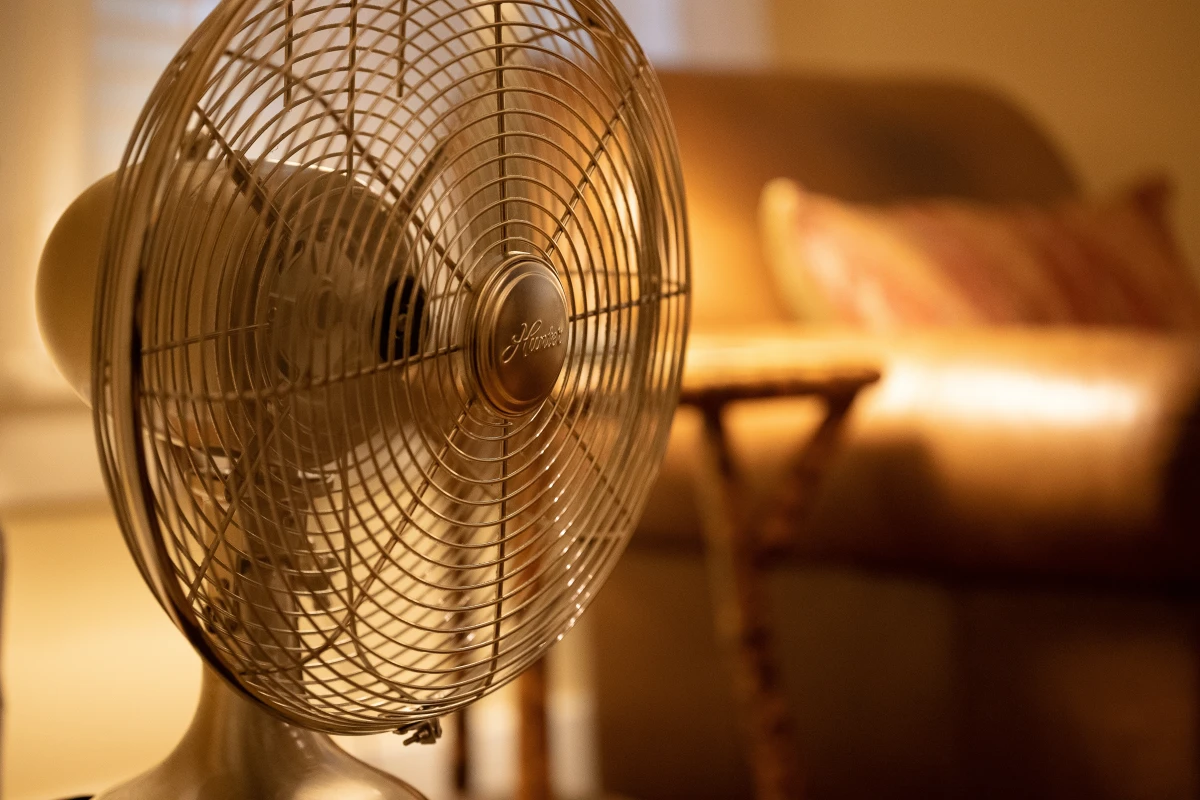
- Awnings: A well-placed awning is fantastic. For a south-facing window, a simple awning can slash heat gain by over 60%. For west-facing windows that get that brutal afternoon sun, it can be closer to 80%. Cost-wise, a basic canvas awning might run you a few hundred dollars, while a fancy retractable one can be a couple of thousand. A good rule of thumb I’ve seen work: for south-facing windows, the awning’s projection should be about half the window’s height. This blocks the high summer sun but lets in the lower, welcome winter sun.
- Exterior Solar Shades: These are like sunglasses for your house. They’re mesh screens that can block up to 90% of the sun’s heat before it hits the glass, but you can still see through them. They’re a more modern look than awnings and are incredibly effective.
- Smart Landscaping: Never underestimate a good tree! The perfect solution is a deciduous tree—one that loses its leaves in winter. Plant it on the south or west side of your house. In the summer, its leaves provide dense, cooling shade. In the winter, the bare branches let the sun shine through to help warm your home. It’s nature’s own smart tech. A common mistake is planting an evergreen on the south side; you’ll regret that cool shade when you’re craving free heat in January!
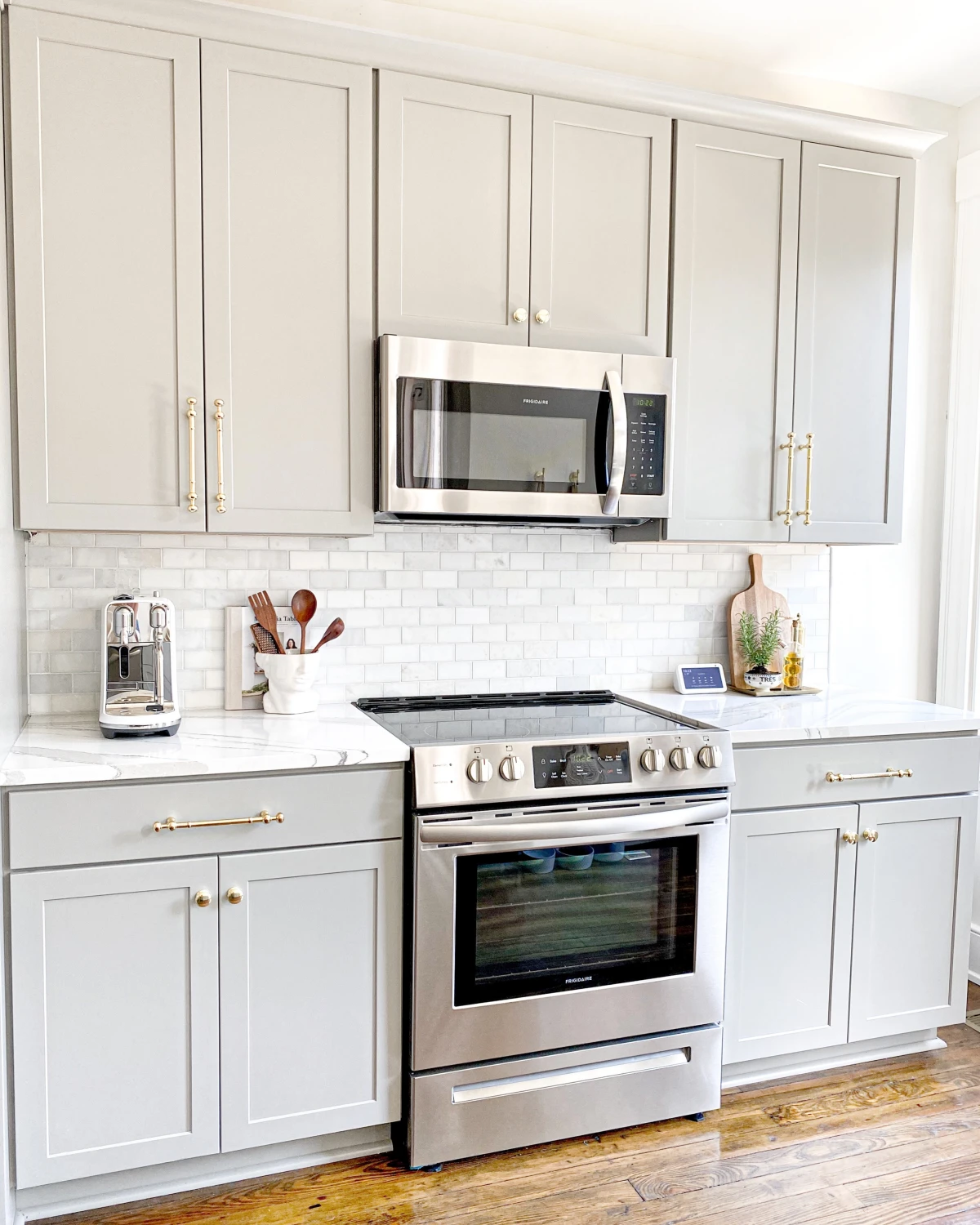
Windows and Films: The Next Line of Defense
If you can’t shade the outside, your windows are the next battleground. Let’s break down the options from least to most effective.
First up, you have your standard interior blinds and curtains. To be frank, they’re the weakest option, but they’re better than nothing. A common mistake is using dark-colored curtains, which absorb heat and radiate it into the room. Always go for white or light-colored backings to reflect sunlight back out. Keep them shut during the day!
A solid step up is reflective window film. This is a thin, adhesive film you apply to the inside of your windows that reflects heat while still letting in light. A DIY kit from a place like Home Depot will only set you back $20 to $40 per window. Heads up, though: getting a bubble-free installation is tougher than it looks. Professional installation is pricier, maybe $8 to $15 per square foot, but the finish is perfect and it often comes with a warranty.
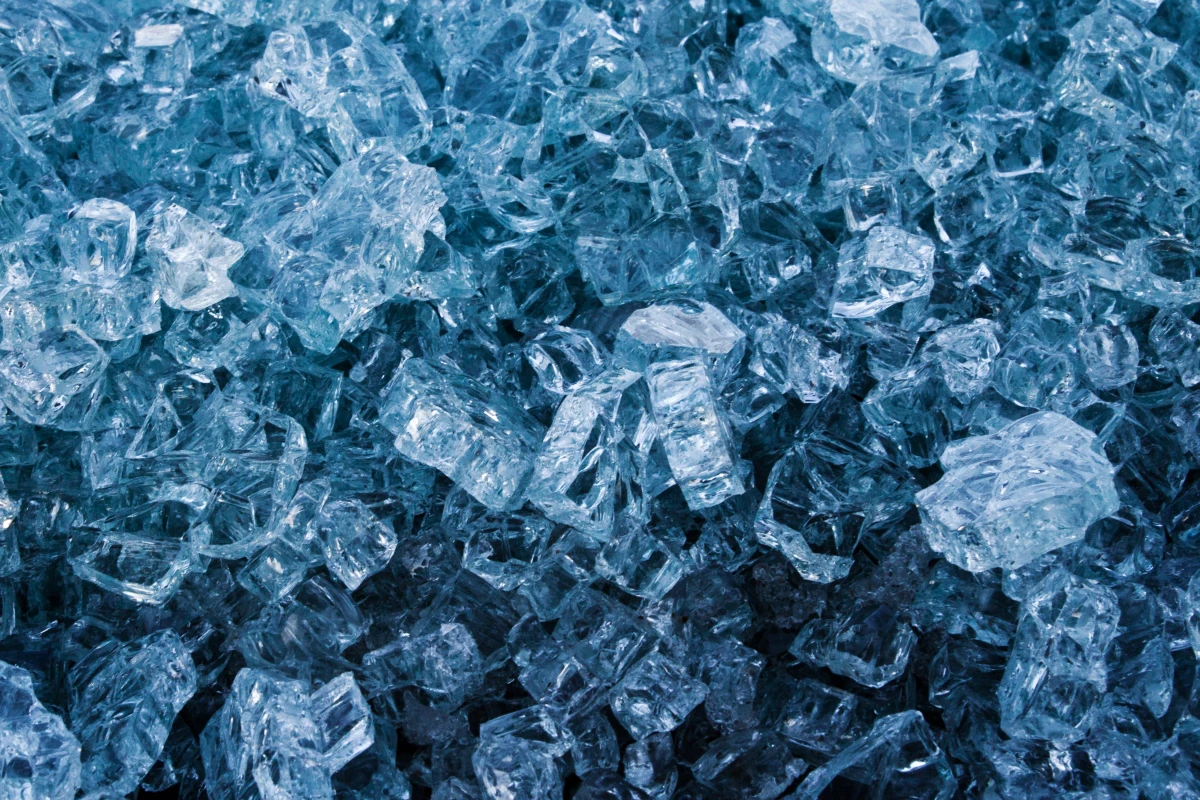
Finally, if you’re planning on replacing your windows anyway, pay attention to the sticker. You’ll see a bunch of ratings. For keeping heat out, the one you care about most is the Solar Heat Gain Coefficient (SHGC). You want that number to be as low as possible, ideally 0.25 or less in hot climates.
Insulation and Air Sealing: Your Home’s Thermal Shield
This is your defense against conduction and convection. Your attic is the most critical area—it’s the buffer between that sun-baked roof and you.
First, check your insulation levels. You don’t need to be an expert. Just pop open your attic hatch and take a look. Can you see the tops of the wooden beams (the ceiling joists)? If so, you are seriously under-insulated. You should see a deep, fluffy sea of insulation covering everything, usually about 12 to 15 inches deep for an R-value of R-38 to R-49.
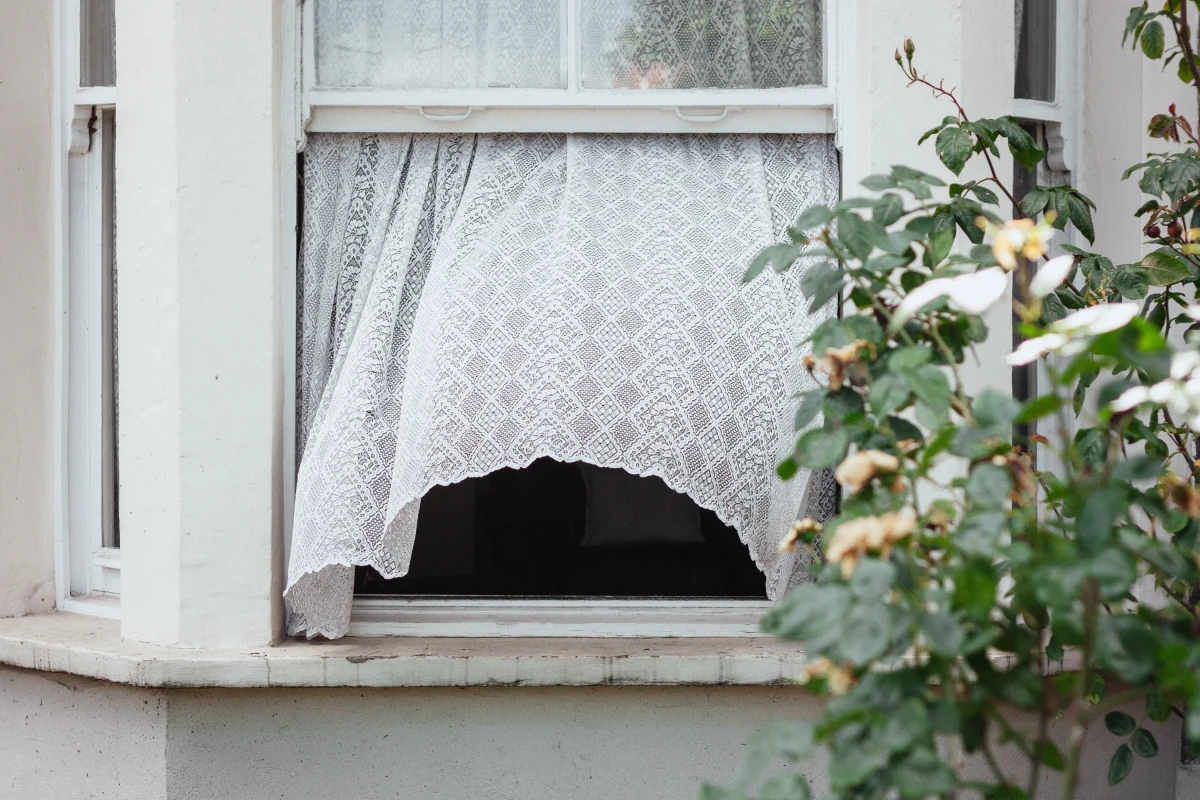
Getting a pro to blow in more insulation is a great investment, typically costing between $1.50 and $3.50 per square foot. It can pay for itself in energy savings pretty quickly.
But here’s a pro tip: seal before you insulate! I once consulted on a home where the owner had spent a fortune on new insulation, but his bills were still high. We found a fist-sized gap around a plumbing pipe going into the attic, letting hot air pour in all day. Use fire-rated caulk or expanding foam to seal every little gap where pipes, wires, or vents go through. Insulating over these gaps just filters the air; it doesn’t stop it.
One Size Doesn’t Fit All: Cooling for Your Climate
A strategy that’s brilliant in the dry desert can be a disaster in a humid swamp. You have to work with your local climate.
Hot & Dry Climates (like the Southwest)
Here, you have intense sun but a big advantage: it cools down a lot at night.

- Night Flushing is Key: During the day, batten down the hatches. Windows shut, shades down. But as soon as the outside temperature drops below your indoor temp, open everything up. Use fans to blow out the stale, hot air and pull in the cool night air.
- Evaporative Coolers: Often called “swamp coolers,” these are fantastic in dry air. They use evaporation to cool the air, sometimes dropping the temperature by 15-30°F while adding much-needed humidity. They use a fraction of the electricity of an AC unit.
Hot & Humid Climates (like the Southeast)
In these sticky regions, moisture is just as much the enemy as heat. Using a swamp cooler here would be a terrible idea—it would just make your house feel like a terrarium.
- Dehumidify, Dehumidify, Dehumidify: Your air conditioner is your best friend because it pulls moisture out of the air. A room at 78°F with low humidity feels way more comfortable than a room at 75°F that’s muggy.
- Ventilate with Care: Unlike in dry climates, opening the windows at night can be a mistake if it’s still 80°F with 95% humidity outside. You’re just inviting moisture in, which can lead to mold. Focus on using exhaust fans in kitchens and bathrooms to get that steamy air directly outside.
When You’re Ready for the Big Guns
If you’re looking to make a larger investment for a massive improvement, here are two professional-grade solutions.
Whole-House Fans
This is the box-fan-in-the-window trick on steroids. It’s a powerful fan installed in your top-floor ceiling that can pull a huge amount of air through the house and vent it out the attic. On a cool evening, it can replace all the air in your home in just a few minutes. An installation can run from $1,000 to $2,500, but in the right climate, it can almost eliminate the need for AC.
Heads up! This is not a DIY project. You absolutely must have enough attic ventilation (vents) for the fan to work safely. Without it, the fan can create a dangerous backdraft, pulling carbon monoxide from your furnace or water heater flue right into your home. Always hire a pro who understands ventilation codes.
Cool Roofs
Especially for homes with flat or low-slope roofs, a cool roof is a game-changer. This is essentially a thick, white, reflective coating painted over the roof surface that can reflect up to 85% of the sun’s heat. I’ve seen attic temperatures drop by 40°F or more after an application. It’s a major upgrade that can cut cooling costs by up to 30%.
A Final, Important Word on Safety
Look, managing heat is about comfort, but it’s also about safety. Please take this seriously.
Extreme heat is a real health threat, especially for the elderly, young kids, and anyone with a chronic illness. These passive tricks are amazing, but they are not a replacement for mechanical air conditioning during a dangerous heat wave. Know the signs of heatstroke and get help if you need it.
Also, be smart with electricity. I once investigated a house fire started by an old AC unit plugged into a flimsy, cheap extension cord that simply melted. Don’t overload circuits with fans and portable units. Use heavy-duty cords rated for the appliance, and plug directly into the wall whenever possible.
By understanding these principles and focusing on stopping heat before it gets in, you can truly transform your home. It takes a little planning, but the payoff in comfort and savings is absolutely worth it.










